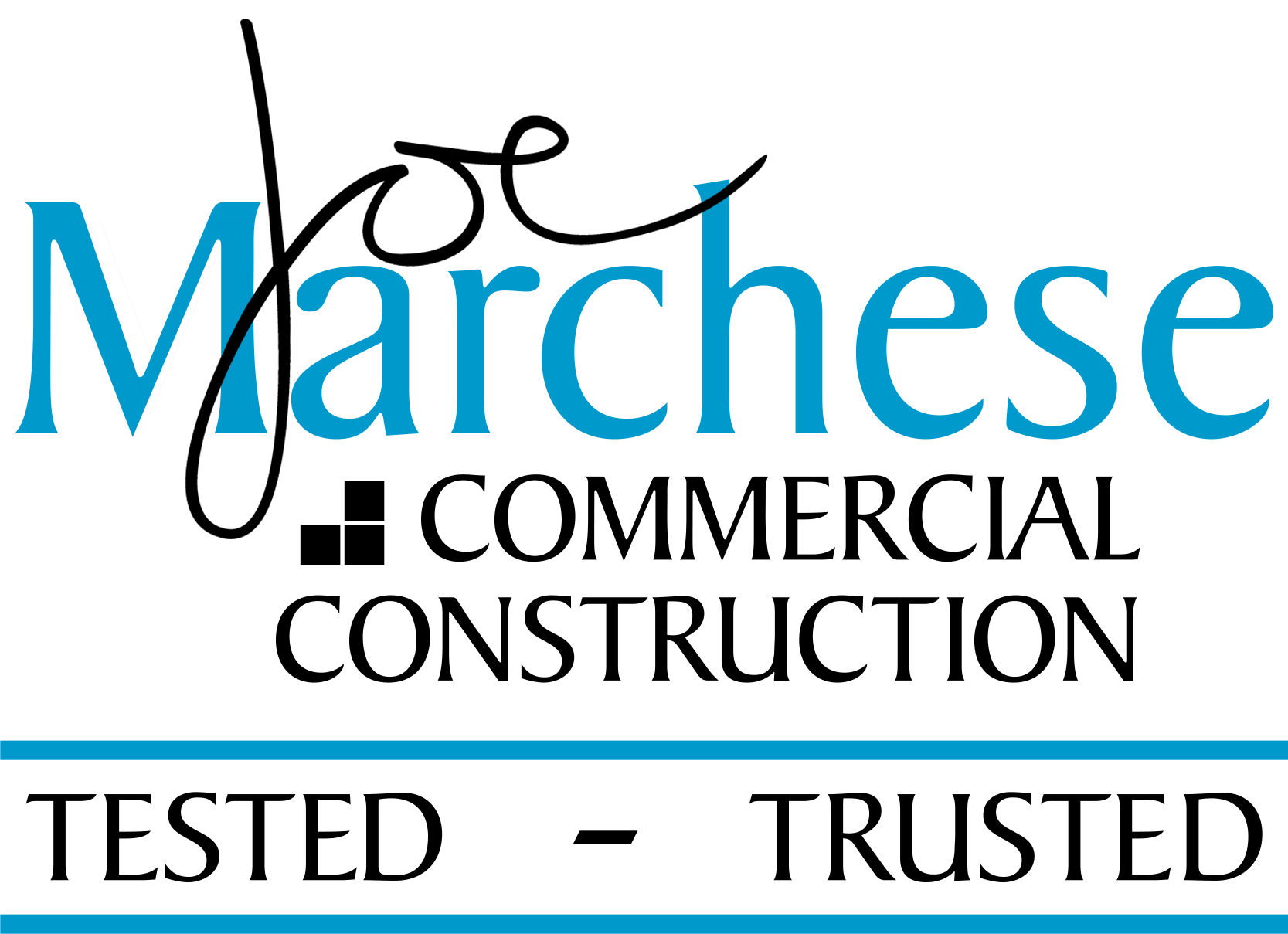
3 Tips for Saving on Technology Costs During the Pandemic
The coronavirus pandemic put the brakes on technology spend as companies navigated short-, medium- and long-term business projections. Caution became a go-to strategy; businesses deferred where possible and closely scrutinized spending.
Economic hope emerges as the number of jobs increase and experts discuss the possibility for a V-shaped recovery. While job losses continue, IT hiring rose in May highlighting the potential for a quicker bounce back than what’s expected in a prolonged economic recovery.
Though states are in various phases of reopening, the U.S. economy is officially in a recession; technology spending will remain conservative at least through 2020. While estimates vary, analyst firms expect tech spending to shrink 8% to 9%.
To justify spend, IT departments have to tie technology investments to business outcomes. The same strategy can help organizations understand what frivolous technology lurks among their stacks.
Over the last few months, companies have focused on how to optimize and cut technology costs, Randy Potter, chief architect at global consulting firm Capgemini, told CIO Dive, a sister publication of Constructio Dive. Savings can stem from portfolio visibility and cutting non-critical applications, those that don’t contribute to revenue generation.
The challenge is three-quarters of tech budgets are allocated to maintenance and operations, according to Forrester data. New project, tech consulting services, software and CIO staff account for the other quarter of budgets.
While construction firms and other companies can defer some technology expenses, they have to assess ongoing costs. Here are three tech cost-management tips to consider:
1. Understand the applications
The more self-service technology has become, the more challenging it is to navigate application sprawl. Companies run 88 applications on average, according to data from identity and access management firm Okta’s analysis of its 7,400 customers. One in 10 of Okta’s customers runs 200 or more apps.
A large number of applications have legacy roots. As companies assess their technology portfolio, previously hesitant organizations are more open to application cuts and the prioritization of decommissioning, said Potter.
Three years ago, Capgemini identified 25 applications one client could decommission. Since then, it has decommissioned five but now the business is more open to turning attention to the other 20 identified.
In one example, decommissioning 25 apps could save a company $7 million, Potter said.
The extra applications are not mission-critical. It could be a legacy document management system with only two dozen users. Seen as a chore to migrate, users remain on the old tools, but companies can save by consolidating and shifting to a more modern platform, one that is likely already available in their application stack.
The real key is to critically assess an application portfolio and “push the agenda a little bit,” Potter said.
2. Negotiate with vendors
Companies purchasing technology have leverage. It’s in the vendor’s best interest to maintain a steady customer base amid market uncertainty.
Sales may remain steady in the next six to 12 months, but as technology customers tighten budgets it will ripple through the technology supply chain and negatively impact vendor revenue streams.
The potential for negotiations applies to the entire technology stack. The larger the contract, the more leverage.
In its cloud savings framework, management consulting firm Pace Harmon breaks the cost-cutting processes into three categories: analyze, negotiate and optimize.
Companies want to analyze and understand the cloud roadmap to apply spend leverage, Stephanie Radlick, management consultant at Pace Harmon. Understanding future cloud needs allows room for an organization to shop around for other providers.
It’s the order of operations for clients, Radlick said. Companies need to understand what they’re currently spending, what they expect to spend and commitment shortfalls. From there they can prepare a negotiation strategy to approach the cloud service provider to help optimize from a cost perspective or gain more professional support.
This tactic extends beyond Infrastructure as a service (IaaS) too. While assessing back-office software as a service (SaaS) spend, companies in growth mode could pay upfront and sign longer deals in exchange for a discount, according to a recent Forrester report outlining tech budget saving tips. If a company is in survival mode, it can ask providers to end subscription seats in line with workforce reduction numbers. Survival companies can also negotiate a multiyear contract extension at current rates.
3. Not in use? Turn it off
COVID-19 has underscored the benefits of the cloud, allowing companies to scale up to support remote work or scale down to save money, Radlick said. Companies are speeding up cloud-first strategies, at least for a subset of use cases.
Acceleration of cloud adoption requires more enterprise visibility to assess spend. With multiple divisions in a company relying on the cloud, cost decisions are distributed — there’s no longer the IT tax to manage other departments overhead, according to Drew Firment, SVP of cloud transformation for online training platform A Cloud Guru.
The best way to manage costs is to instill the workforce with best practices for running infrastructure as code and navigating resource management, Firment said.
Centralized IT can make this easier to control. Amazon Web Services offers tagging to categorize cloud resources and understand who owns an instance. Company policies can define cloud usage and automatically turn instances off.
It’s no different than turning the lights off when leaving a room, Firment said. The cloud is a pay-as-you-go utility and over using a service stems from legacy on-premise provisioning.
Firment has seen many companies early on with tens of thousands of virtual machines with an average utilization of 2% CPU use. Historically, people would over request infrastructure because it’s a valuable resource that takes time to get. That doesn’t translate well to the cloud era.
But he said, “Those habits die hard.”





Post a comment